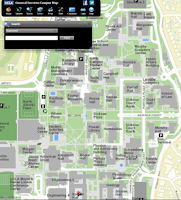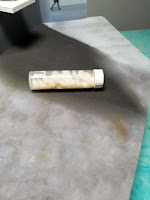Week 1: Two Cultures
 |
| UCLA Campus Map |
Charles Percy Snow insisted the two distinct cultures of
literary intellectuals and natural scientists.
 |
| Flag of the United States and South Korea |
 |
| Singer and Sound Engineer |
Nowadays, both of the cultures
are already part of me. Even though, I am influenced by my father, Engineer. However, I am still influenced by my mother, Opera Singer, as well and I like music and singing. Now, I feel like there are no strong gap between cultures. Therefore, John Brockman, who negates Charles Percy Snow, was more impressive and leaned toward to his idea.
 |
| Division and Addition |
 |
| P-N junction |
The idea of John Brockman can benefit people to have an
intuitive grasp on natural science by using the
literary intellectuals. I recall that when I was element school, I liked to use
some illustrations to help my understanding on mathematics and sciences. Even nowadays,
when I was trying to understand some semiconductor and P-N junction. I used
some illustrations as well.
I did not really think deeply about this kind of topic, communication and relation between cultures. However after watching videos, reading articles and writing this post, I can think of some possible communication and relation between the two cultures, the third culture. Now, I think I better to put some effort on some artistic field of study for new possibility and opportunity to improve myself.
Vesna, Victoria. “Toward a Third Culture: Being In Between.” Leonardo, vol. 34, no. 2, 2001, pp. 121–125., doi:10.1162/002409401750184672.
Brockman, John. The Third Culture. Simon & Schuster, 1995.
Kelly, Kevin. “The Third Culture.” Science, American Association for the Advancement of Science, 13 Feb. 1998, science.sciencemag.org/content/279/5353/992.full.
Wilson, Stephen D. “Myths and Confusions
in Thinking about Art/Science/Technology.” College Art
Association Meetings. New York, New York, 2000. Print

I'm glad you pointed out that we all used illustrations to explain a math or physics problem at one point. It seems so inconsequential but, at the same time, it is a very obvious example of how arts and science correlate. There is not really such things as separation of arts and science. It simply is what society believes.
ReplyDeleteI was interested in showing examples to make it easier to explain what you are claiming. I was the same idea as you first before taking this class, but the lecture gives us lots of advice. I also wish that the culture that uses both cultures together will continue to develop.
ReplyDelete